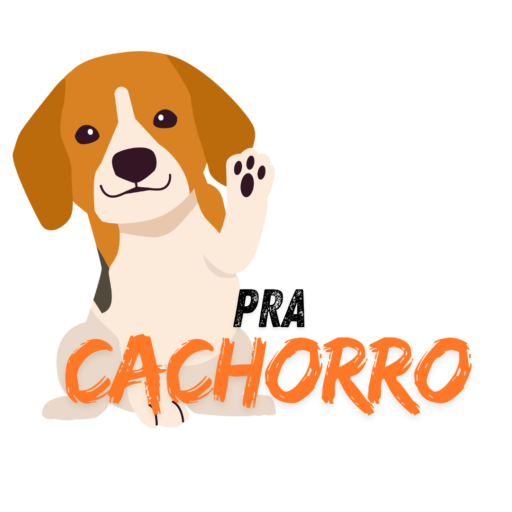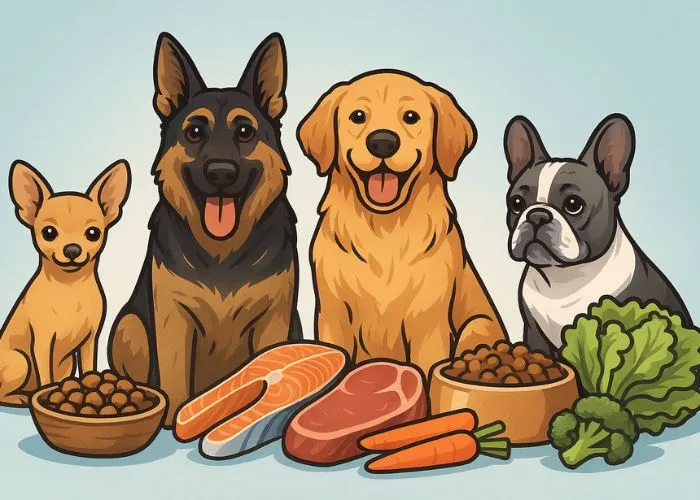Dog treats are powerful tools when it comes to training. They help reinforce desired behaviors, make learning new tricks more effective, and keep your dog motivated. However, overuse can lead to weight gain and even create a dependency on food rewards.
To make training both effective and healthy, it’s important to know how to use treats strategically and in moderation.
In this article, we’ll explore how to use treats to teach your dog new tricks, what types of treats are best, smart strategies to avoid overuse, and tips to keep your training sessions both efficient and rewarding.
Why Use Treats During Dog Training?
Treats are a form of positive reinforcement—rewards that increase the likelihood of a behavior being repeated. They are especially effective because:
- They’re immediate and tangible rewards.
- They help dogs make quick associations between a command and behavior.
- They make training fun and stimulating for your pet.
But it’s important to balance treat usage with other forms of rewards, like verbal praise, petting, or playtime, to avoid your dog becoming food-dependent.
How to Choose the Right Training Treats
Not all dog treats are created equal. Choosing the right type of treat is essential to ensure your dog stays healthy and focused during training.
Qualities of a Good Training Treat:
- Small size: Treats should be bite-sized and easy to chew, so they don’t interrupt training flow.
- Low in calories: Especially important during longer training sessions to avoid weight gain.
- Highly appealing: Use treats your dog absolutely loves, like small pieces of cooked chicken, carrots, or commercial dog training treats.
- Variety: Rotate between different treats to keep your dog engaged and excited.
Treats to Avoid:
- Fatty or salty human food, like sausages or cheese.
- Hard or oversized treats that could cause choking.
- Unsafe human food, such as chocolate, onions, or anything toxic to dogs.
How to Use Treats in Moderation
1. Set a Daily Limit
Determine how many treats your dog can have each day without exceeding their calorie needs. Subtract the treat calories from their regular meal portion to keep their diet balanced.
2. Break Treats Into Smaller Pieces
Even if a treat is already small, breaking it into even tinier pieces allows you to reward frequently during a session without overfeeding.
3. Mix Treats With Other Rewards
Combine food rewards with praise, affection, or toys. This teaches your dog to value a variety of rewards, not just food.
4. Gradually Reduce Treat Frequency
As your dog masters a trick, reduce how often you give treats. Replace them with other forms of positive reinforcement like verbal praise or playtime.
Smart Training Strategies With Treats
Be Consistent
Always use the same verbal cue and hand gesture for each trick or command. Consistency helps your dog understand what you expect.
Keep Sessions Short and Sweet
Dogs have short attention spans. Train for 5–10 minutes at a time, multiple times per day, to avoid boredom or fatigue.
Reward Immediately
Give the treat right after your dog performs the correct behavior. Timing is key to helping them understand what they did right.
Use Intermittent Reinforcement
Once your dog knows a trick well, don’t reward every single time. Randomized rewards keep your dog guessing and motivated.
Common Mistakes to Avoid When Using Treats
- Delaying the reward: Your dog might not link the treat to the behavior if the timing is off.
- Overfeeding: Too many treats can cause weight gain and health issues.
- Training in distracting environments: Start in quiet spaces to keep your dog focused.
- Using bland or uninteresting treats: If your dog isn’t motivated, switch to a higher-value reward.
Benefits of Treat-Based Training
When used correctly, treats make learning faster, more enjoyable, and more effective. Training also strengthens the bond between you and your dog, supports their mental health, and teaches valuable skills like focus, patience, and self-control.
Final Thoughts
Dog treats are amazing training tools—but like all good things, they must be used wisely. By choosing the right types of treats, managing quantities, and diversifying your rewards, you can create a training routine that is both healthy and successful.
With patience, consistency, and moderation, you’ll be able to teach your dog impressive tricks while supporting their overall well-being. And most importantly, you’ll enjoy the process together—building trust, communication, and unforgettable moments.
A well-trained dog is a confident and happy dog, and a thoughtful trainer is a more fulfilled one.
Frequently Asked Questions (FAQs)
1. Can I use my dog’s kibble as training treats?
Yes! If your dog enjoys their kibble, it’s a great way to avoid extra calories.
2. How many treats can I give my dog per day?
It depends on their size, weight, and activity level. Check with your vet to determine an appropriate amount.
3. My dog loses interest in treats during training. What should I do?
Try changing up the treats or using other rewards like toys or praise to re-engage your dog.
4. Is it possible to train a dog without treats?
Yes, but treats are highly effective motivators. You can slowly replace them with praise, toys, or affection over time.
5. Are commercial dog treats safe?
Yes—if they’re made for dogs and given in moderation. Always check the ingredients and choose high-quality options.



